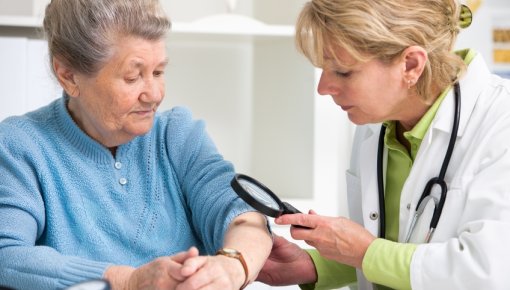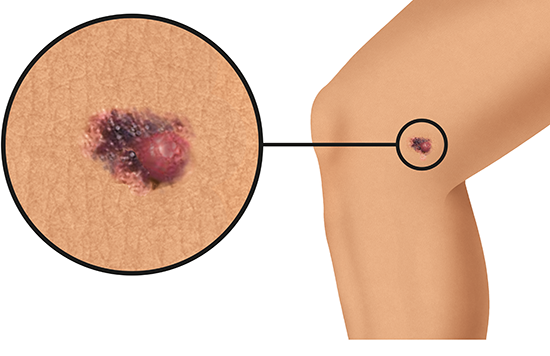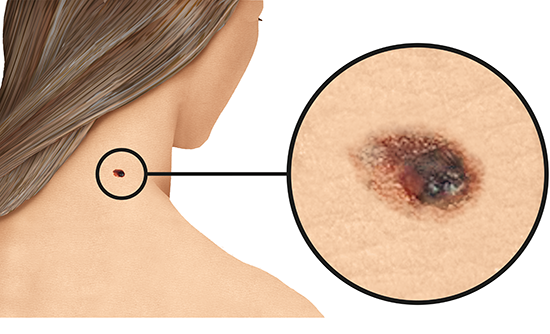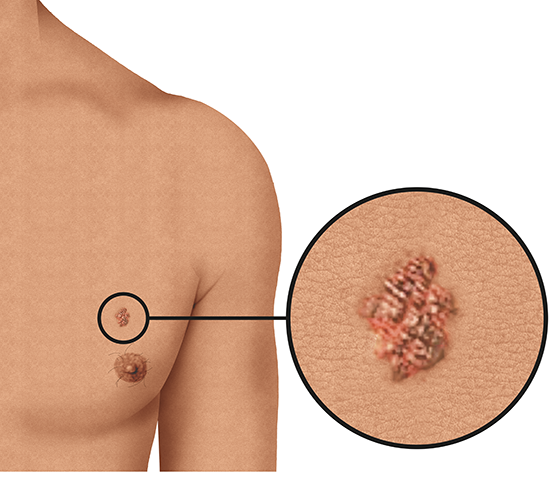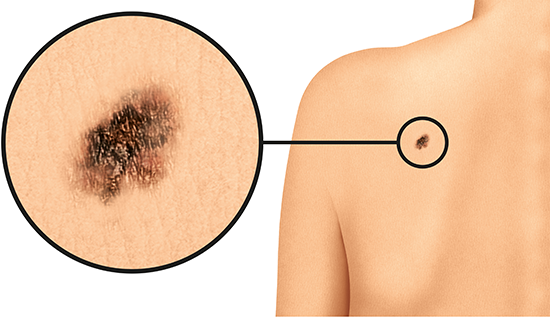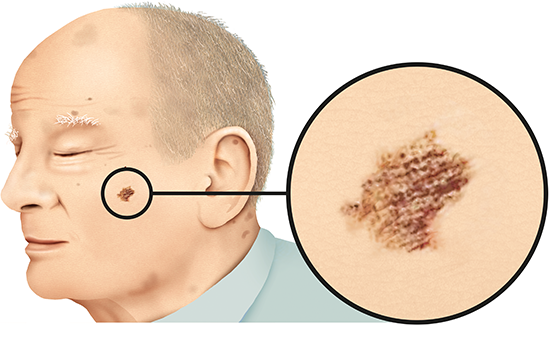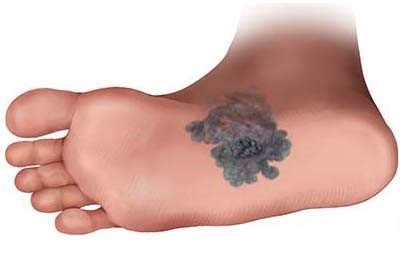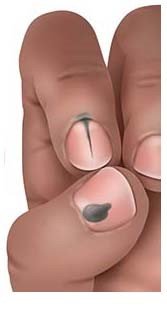Agbai ON, Buster K, Sanchez M et al. Skin cancer and photoprotection in people of color: a review and recommendations for physicians and the public. J Am Acad Dermatol 2014; 70(4): 748-762.
Arbeitsgemeinschaft der Wissenschaftlichen Medizinischen Fachgesellschaften (AWMF), Deutsche Krebsgesellschaft (DKG), Deutsche Krebshilfe (DKH). S3-Leitlinie zur Diagnostik, Therapie und Nachsorge des Melanoms. AWMF-Registernr.: 032-024OL. 2020.
Bradford PT. Skin cancer in skin of color. Dermatol Nurs 2009; 21(4): 170-177, 206; quiz 178.
Bundesamt für Strahlenschutz (BfS). Optical radiation: Legal regulations for sunbeds (in Germany). 2022.
Dadzie OE, Petit A, Alexis AF. Ethnic Dermatology: Principles and Practice. Hoboken: Wiley-Blackwell; 2013.
Dellavalle R. Skin cancer, moles, and actinic keratosis. In: Williams H, Bigby M, Herxheimer A et al (Ed). Edvidence-based dermatology. London: BMJ Books; 2014. P. 223-319.
Deutsche Krebsgesellschaft (DKG), Deutsche Krebshilfe (DKH), Arbeitsgemeinschaft der Wissenschaftlichen Medizinischen Fachgesellschaften (AWMF). Aktinische Keratose und Plattenepithelkarzinom der Haut (S3-Leitlinie). AWMF-Registernr: 032-022OL. 2020.
Gloster HM, Neal K. Skin cancer in skin of color. J Am Acad Dermatol 2006; 55(5): 741-760; quiz 761-744.
Jackson BA. Nonmelanoma skin cancer in persons of color. Semin Cutan Med Surg 2009; 28(2): 93-95.
National Institute for Health and Clinical Excellence (NICE). Melanoma: assessment and management (NICE Guidelines; No. 14). 2015.
Rivers JK. Is there more than one road to melanoma? Lancet 2004; 363(9410): 728-730.
Robert Koch-Institut (RKI), Gesellschaft der epidemiologischen Krebsregister in Deutschland (GEKID). Krebs in Deutschland für 2017/2018. 2021.
Walter FM, Birt L, Cavers D et al. 'This isn't what mine looked like': a qualitative study of symptom appraisal and help seeking in people recently diagnosed with melanoma. BMJ Open 2014; 4(7): e005566.
IQWiG health information is written with the aim of helping people understand the advantages and disadvantages of the main treatment options and health care services.
Because IQWiG is a German institute, some of the information provided here is specific to the German health care system. The suitability of any of the described options in an individual case can be determined by talking to a doctor. informedhealth.org can provide support for talks with doctors and other medical professionals, but cannot replace them. We do not offer individual consultations.
Our information is based on the results of good-quality studies. It is written by a team of health care professionals, scientists and editors, and reviewed by external experts. You can find a detailed description of how our health information is produced and updated in our methods.
